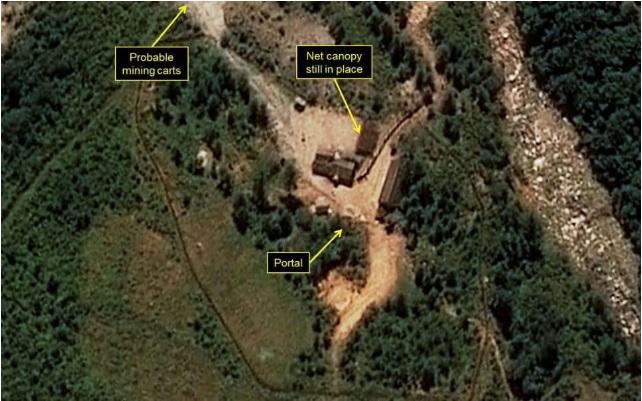A tunnel at the site of North Korea’s sixth and most powerful nuclear test has collapsed, killing more than 200 people, according to Japanese media.
Japanese broadcaster TV Asahi, citing unnamed North Korean sources familiar with the situation, said on Tuesday, Oct. 31, that around 100 workers were at the Punggye-ri nuclear test site when the tunnel initially collapsed. A second collapse occurred during a rescue operation, killing dozens more, bringing the potential death toll to over 200.





